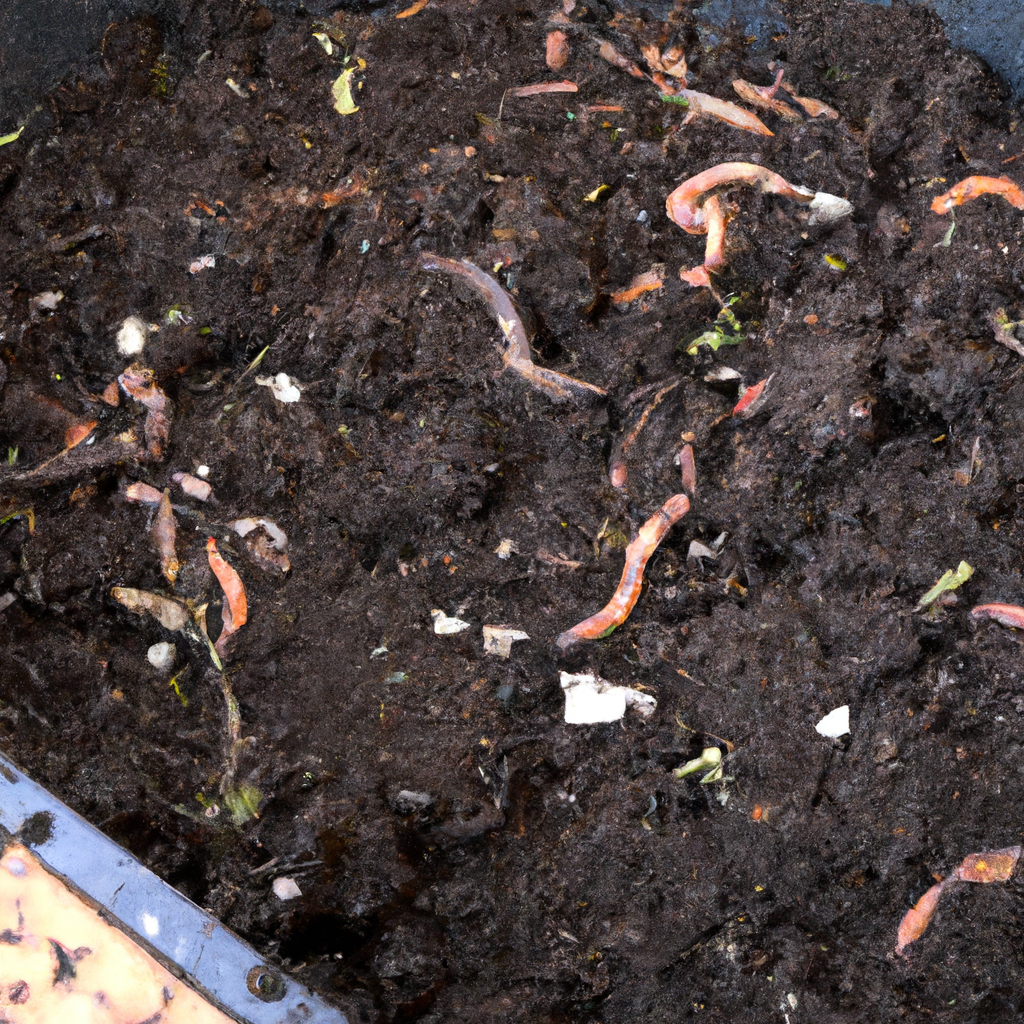Composting is the process of breaking down organic matter into nutrient-rich soil. Organic gardening and sustainable living involve reducing waste and recycling organic matter. Worm farming is a great way to compost kitchen scraps and yard waste, reduce landfill waste, and create a garden fertilizer that is rich in essential nutrients. In this article, we will discuss how to start a worm farm for composting, also known as vermiculture.
Why Worm Farming?
Worms are natural composters. They eat organic matter like fruit and vegetable scraps, coffee grounds, and eggshells and excrete worm castings, a nutrient-rich soil that benefits plants. Vermiculture is an eco-friendly way to reduce waste, create a valuable garden fertilizer, and improve soil health.
Starting a Worm Farm
Here are some steps to help you start a worm farm:
1. Choose the right container
The container is the home for your worms. You can use a plastic bin, wooden box, or even a bathtub. The container should be at least 8 inches deep to provide enough space for the worms to move around and compost the organic matter. It should have a tight-fitting lid to keep the worms in and pests out. You can drill holes in the container for ventilation and drainage.
2. Choose the right worms
Earthworms are the best worms for composting. They are also known as red wigglers or redworms. You can buy them at a local bait shop or online. Avoid using nightcrawlers or garden worms as they are not as efficient in composting as red wigglers.
3. Add bedding
Bedding is the material that worms live in and compost. You can use shredded newspaper, cardboard, coconut coir, or dried leaves as bedding. The bedding should be moist but not wet. It should feel like a wrung-out sponge. Add the bedding to the container, filling it up to about 2/3 full.
4. Add worms
Once you have your container set up with bedding, you can add your worms. Start with a handful of worms and gradually increase the amount over time. Gently place them on top of the bedding and cover them with a layer of bedding.
5. Add organic matter
Now you can start adding organic matter for the worms to compost. You can add fruit and vegetable scraps, coffee grounds, tea bags, eggshells, and yard waste like leaves and grass clippings. Avoid adding meat, dairy, and oily foods as they can attract pests and make the bin smell.
6. Maintain the worm farm
To keep your worm farm healthy, you need to maintain the right conditions. Keep the bedding moist but not wet. Add organic matter regularly, but don’t overfeed the worms. Too much food can cause the bin to smell and attract pests. Check the worm farm weekly and remove any uneaten food or dead worms. Harvest the worm castings every few months by moving the compost to one side of the container and adding fresh bedding and organic matter to the other side. The worms will migrate to the fresh side, leaving behind a pile of nutrient-rich worm castings.
Conclusion
Starting a worm farm is an easy and fun way to compost kitchen scraps and yard waste, reduce landfill waste, and create a valuable garden fertilizer. Vermiculture is an eco-friendly way to improve soil health and promote sustainable living. With these simple steps, you can start your own backyard worm farm and reap the benefits of organic gardening.







